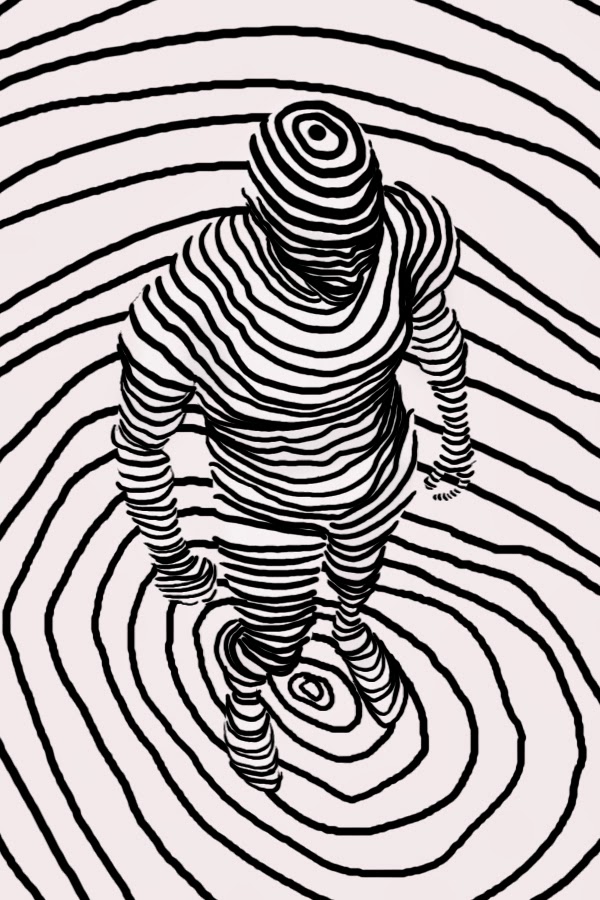

Dartmouth College psychologist Alexander Schlegel demonstrated this in a study by scanning students’ brains before and after they took a three-month course in observational drawing or painting. Those who doodled during the study had a 29% improved recall compared to those who did not doodle.įinally, practicing drawing with lines can enhance your creativity and alter your brain. Some were instructed to doodle while listening, and others were not. A 2009 study published in the journal Applied Cognitive Psychology asked participants to listen to an intentionally boring message on the phone.

”ĭrawing with lines-even silly ones like doodles in the margin of a notebook-can also help you retain information yourself. “Those who doodled during the study had a 29% improved recall compared to those who did not doodle. Simple lines can convey a lot of information quickly, and people are bound to remember it. Think about the times when you’ve had to give someone directions to your house, seen a coach draw up a play in sports, or planned where the furniture should go in your new place. On a basic level, drawing with lines helps you communicate with the 65 percent of people who are visual learners. It’s a skill that can be learned with intention and practice–and it’s more useful than you may think.

Artist Keith Harring at work on a modern line drawing in 1986 ( image source) The Science Behind Line Artĭrawing with lines is not a talent bestowed upon a select few gifted artisans. The line art definition we use at Skillshare is an active one: to create an illustration using basic strokes of varying weights and angles that demonstrate form and depth. It is one-dimensional and can vary in width, direction, and length.Īccording to art scholars, there are five types of line in art: Paul Getty Museum, “A line is an identifiable path created by a point moving in space.

To define line art, you must first define its core element-the line itself. This line drawing of a hyena is thought to be at least 32,000 years old ( image source) So much so that many of the world’s best-known artists, such as Leonardo da Vinci, Albrecht Dürer and Pablo Picasso-as well as contemporary icons like Jackson Pollock, Bridget Riley and Keith Haring-have created powerful art by wielding simple lines with purpose and expertise. As the craft has evolved considerably since then, our depth of knowledge of line art and its application for it has deepened considerably as well. In fact, the earliest line art drawing known to date is more than 73,000 years old. The art of line drawing has quite a legacy. Learning about line art, including how and why to practice it, will help you become a better, more effective, and more dynamic artist. Whether you create analog or digital line art, the impact of the art form is unmistakable. It’s a dynamic technique that captivates viewers and creates impact regardless of the format or media type-making it foundational to all great design. Line in art is a primitive but powerful form of artistic expression.


 0 kommentar(er)
0 kommentar(er)
